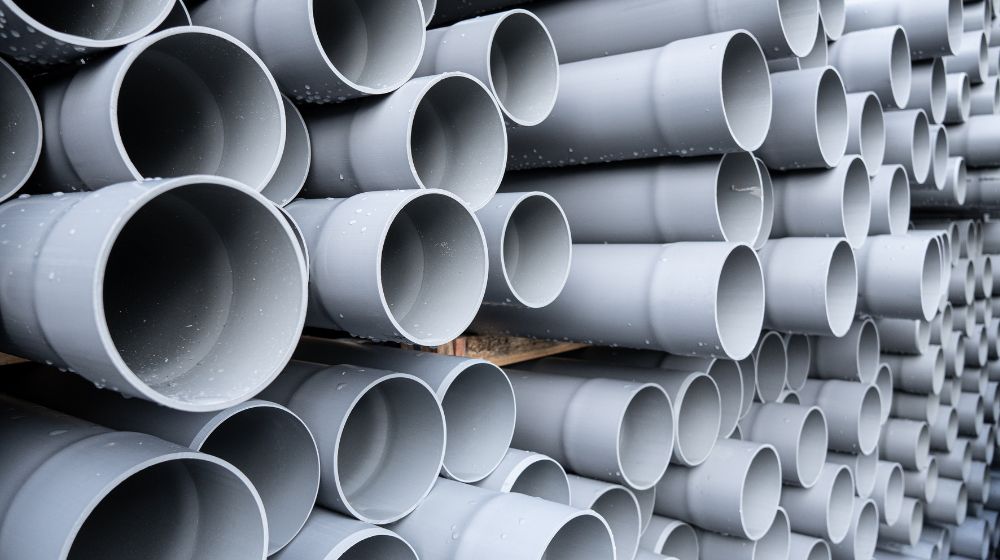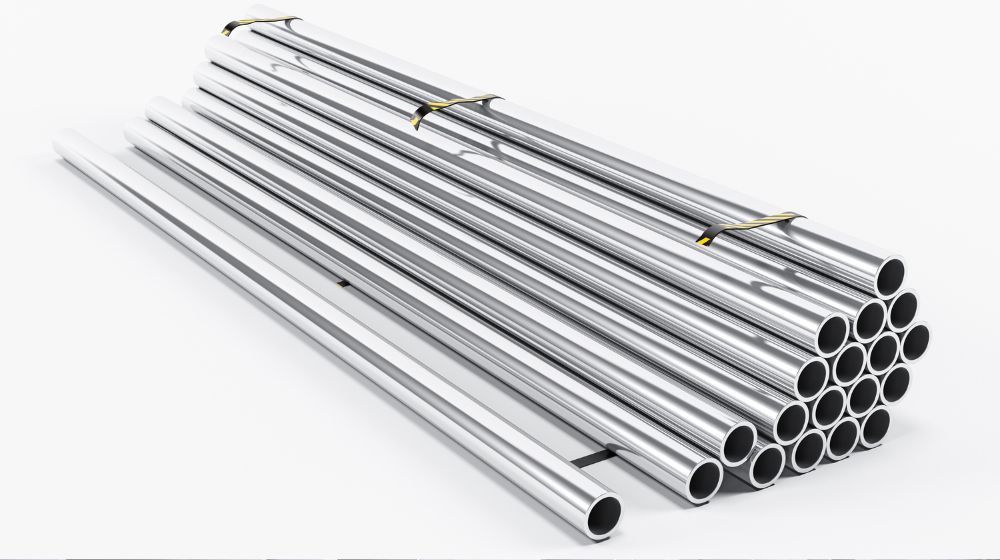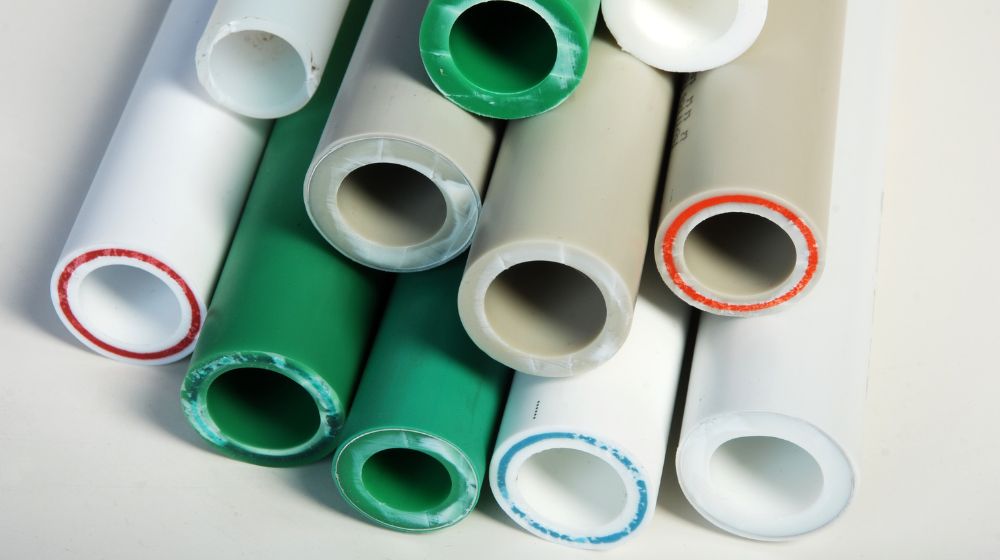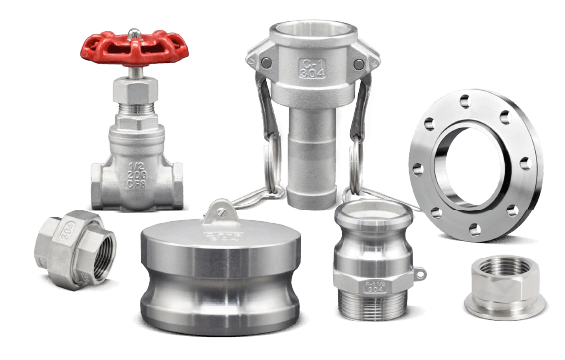

In industrial piping systems, choosing the right pipe specifications is the key to ensuring the system's safe and efficient operation. When purchasing pipes, many people have a question: What is the difference between Sch 40 and Sch 80 pipes? Which one should I choose?
This article will comprehensively analyze the similarities and differences between these two common Sch pipes from multiple perspectives, answer your questions, and help you choose the right pipe.
In a piping system, the "size" of a pipe refers not only to the outer diameter of the pipe but also to the wall thickness of the pipe. The difference in wall thickness directly affects the pressure-bearing capacity and service life of the pipe. To unify the wall thickness grade standards, ASME has developed a series of schedule grades, referred to as the "Sch" standard. This standard was originally only applied to steel pipes, and later gradually expanded to plastic pipes such as PVC pipes.
The larger the number after Sch, the thicker the pipe wall is under the same nominal diameter, so the pressure bearing capacity is stronger. Common Sch pipe grades include: Sch 5, Sch 10, Sch 20, Sch 40, Sch 80, etc. Among them, Sch 40 and Sch 80 are widely used in civil and industrial fields.
There are obvious differences between Sch 40 and Sch 80 pipe in terms of size parameters, usage scenarios, and their performance.
Sch 80 pipe will have a thicker wall thickness than Sch 40 pipe. Take stainless steel pipes as an example:
| Nominal Size | Sch 80 Wall Thickness | Sch 40 Wall Thickness |
| 1 inch | 4.55 mm | 3.38 mm |
| 2 inch | 5.54 mm | 3.91 mm |

Under the same nominal size, a thicker Sch 80 can withstand higher pressure and mechanical shock, significantly improving its pressure-bearing capacity and service life. It is very suitable for high-pressure systems and can withstand higher impact forces.
The wall thickness of Sch 80 has been increased, and its inner diameter will be reduced accordingly, so it is smaller than Sch 40. This means that at the same flow rate, the flow rate of Sch 80 will be smaller.
Therefore, if it is used in a large flow system that requires a large-diameter water supply or drainage, it is more advantageous to choose Sch 40. If it is used in a high-pressure pipeline system that needs to ensure stability and safety, then Sch 80 is a better choice.
Sch 80 has a thicker wall and higher strength, and can cope with more severe working conditions. It generally performs better than Sch 40 in terms of pressure, and is particularly suitable for high-pressure, high-temperature, and corrosive environments. Therefore, it is often seen in industrial fields or critical safety systems, such as:
In addition, special equipment such as offshore drilling platforms will also specify the use of sch 80 or higher grade pipes to cope with complex working conditions.
Sch 40 is one of the most widely used pipe grades because of its moderate pipe wall thickness and low cost. It performs well in medium and low-pressure transmission systems, such as:
The material cost of Sch 80 is higher than that of Sch 40, so the cost of subsequent welding or connection will increase accordingly, and the time required will be more, so the comprehensive cost is also relatively high. Therefore, we suggest that you usually give priority to Sch 40 when it is not necessary.
When selecting pipes, you need to consider both technical requirements and project budget. So how do you choose between Sch 40 and Sch 80? Here are a few suggestions for your reference.
If the pressure of the pipeline system is less than 300 PSI, then sch 40 can meet the requirements in most usage scenarios and is the most cost-effective choice. If the pressure is greater than or equal to 300 PSI, or it needs to be used in a system that is resistant to impact and corrosion, then sch 80 is a more suitable choice. Never choose a pipe that is not suitable for the system because of cost.
Generally, if ordinary water, air and gas are transmitted, then Sch 40 pipes can be used. If industrial fluids, acid-base liquids and high-temperature steam are transmitted, Sch 80 with stronger corrosion resistance should be selected to ensure that the pipeline system can operate stably for a long time.
Sch 80 has thicker walls and higher costs, so the difficulty of construction and installation will increase accordingly. If the cost is limited or the demand is not high, Sch 40 can be given priority.

Whether you are planning a civil drainage project or an industrial fluid transfer system, it is important to understand the difference between Sch 40 and Sch 80. Sch 40 is more suitable for medium and low pressure and daily water systems, while Sch 80 is widely used in environments such as high pressure and high temperature.
Choosing the right pipe can not only improve your system efficiency, but also reduce long-term maintenance costs. If you have specific project requirements, please feel free to contact us and we will provide you with the most suitable solution.
1. My system originally used Sch 80, can I change it to Sch 40?
Not recommended. If the system involves high pressure or high temperature, replacing Sch 80 with Sch 40 may pose a safety hazard and threaten the operation of the system.
2. Is Sch 80 necessarily better?
Not really. Choosing the right pipe is the most important thing. Over-selection may lead to a waste of resources or greatly increase the difficulty of construction and installation.
